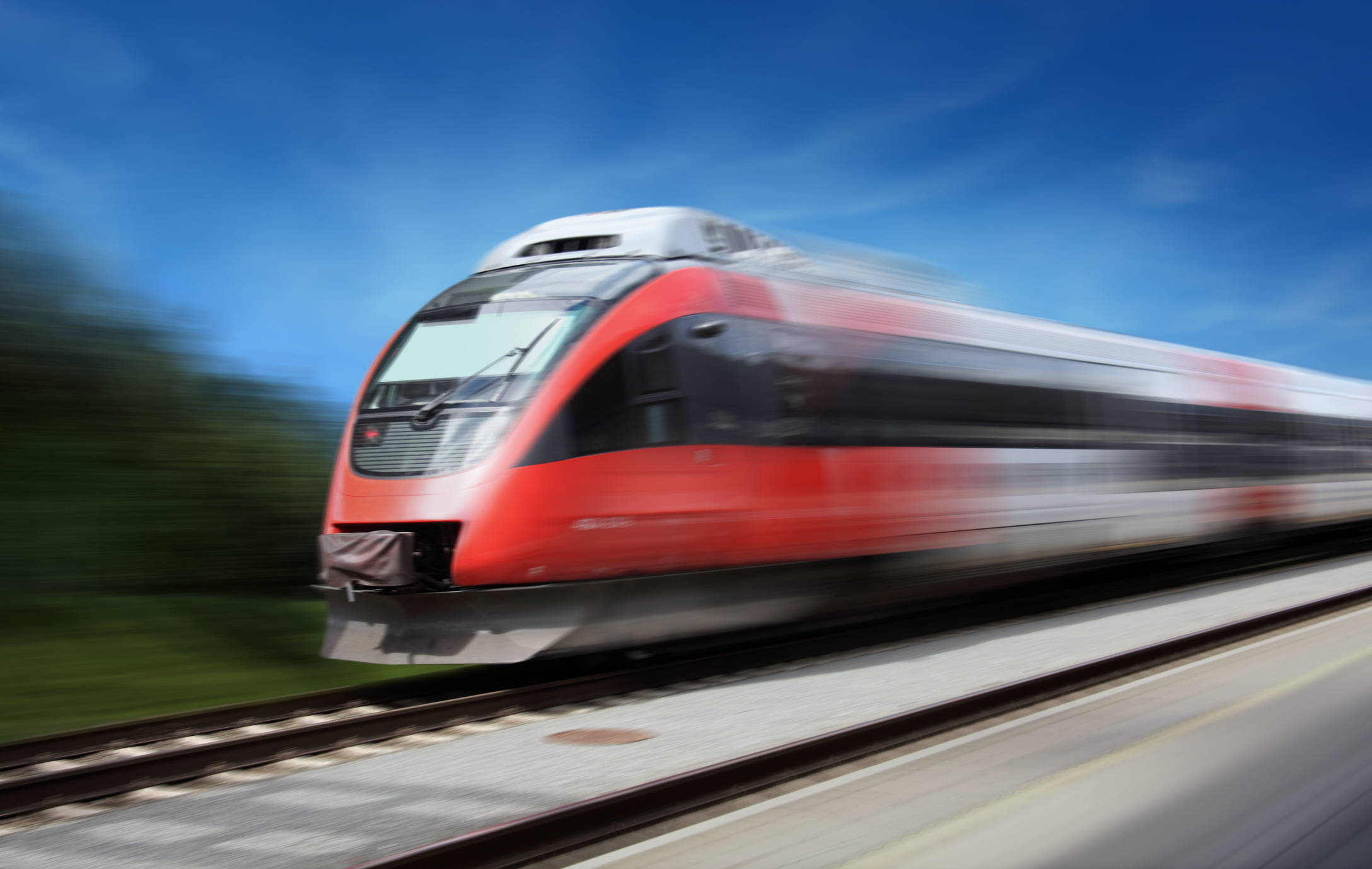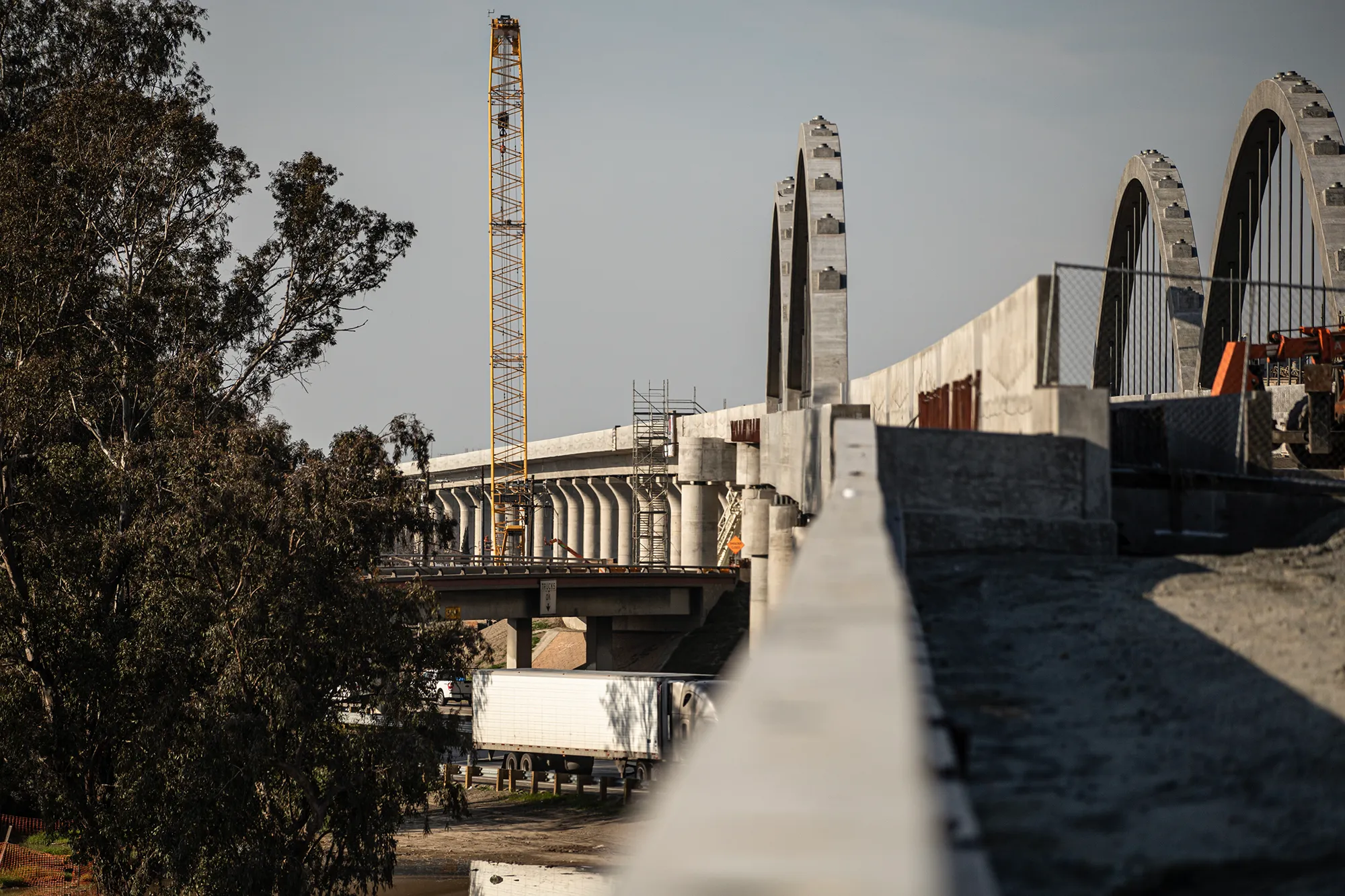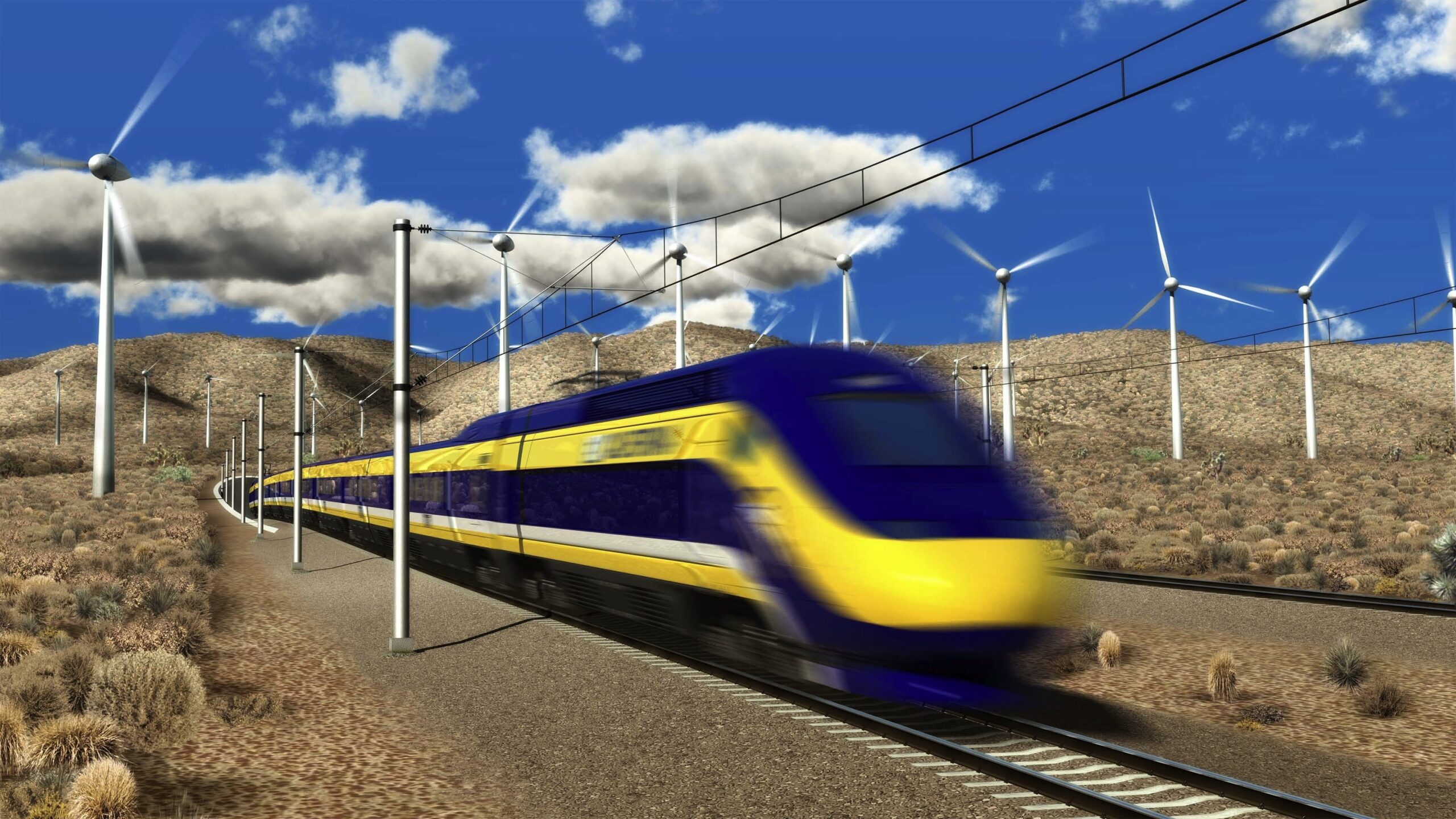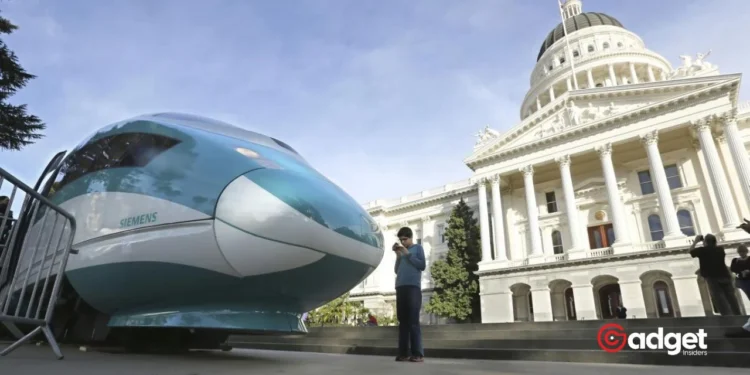California’s ambition to redefine transit through its high-speed rail system has sparked a blend of excitement and skepticism across the nation. Recently, a staggering claim made rounds on social media about the cost tied to a seemingly minute portion of this expansive project. Here’s a deep dive into the truth behind the $11 billion tag associated with just 1600 feet of rail.

A Vision of Speed: California’s High-Speed Rail Project
Conceived to connect the state’s major cities, the California High-Speed Rail promises a future where Los Angeles and San Francisco are just a brisk, three-hour train ride apart. With trains expected to reach speeds of up to 220 mph, the project marks a significant leap towards modernizing public transportation.
Initially set in motion in 2008, the entire project is currently slated for completion by 2030, reflecting a blend of ambition and advanced engineering.

Dissecting the $11 Billion Claim
The financial trajectory of the high-speed rail has been nothing short of dramatic. From its early days, budget estimates have swelled, drawing both concern and criticism regarding its fiscal feasibility.
This week, a viral post by Dogecoin creator Billy Markus added fuel to the ongoing debate. Markus’ tweet, which has amassed over 1.2 million views since its posting on May 3, 2024, sarcastically highlighted the expenditure of $11 billion on just a 1600-foot section of the track, dubbing it “the most remarkable human achievement ever.”

However, this claim skews the reality of the situation. The quoted $11 billion figure encompasses the total funds disbursed by the California High-Speed Rail Authority (CaHSRA) from July 2006 to June 2023, covering various aspects of planning and construction of the nation’s first high-speed rail system.
Within this budget, the Fresno River Viaduct—a notable completed section—actually forms part of a group of constructions that incurred about $2 billion in total costs, according to statements from CaHSRA to Fact Checkers at USA Today.
Clarifying Misconceptions
It’s crucial to highlight that the Fresno River Viaduct, completed between 2015 and 2018, is but one of 45 projects the CaHSRA lists as completed. The specific bridge mentioned in the viral tweet, therefore, stands as a fragment of a larger, more complex financial and infrastructural narrative.
The broader expenditures encompass numerous projects integral to realizing the high-speed rail’s ambitious scope.
The projected costs of completing California’s High-Speed Rail project:
▪️$33 billion in 2008
▪️$80 billion in 2020
▪️$113 billion 2022"In 2023, CAHSR was the largest single construction project in the US, employing 1,500 workers a day."
There are no usable tracks yet. https://t.co/9QI9JHRTQv pic.twitter.com/qxPTEfVlBW
— The Missing Data Depot (@data_depot) March 14, 2024
Separating Fact from Fiction
The claim that California spent $11 billion on just a 1600-foot stretch of high-speed rail is false. This misconception likely stems from conflating the entire project’s expenses with those of a single component. While concerns about budget overruns are not unfounded, the specific figures must be accurately represented to ensure informed public discourse.
As California continues to push the boundaries of public transport innovation, understanding the financial, technical, and logistical nuances of such a monumental project remains essential for both supporters and skeptics alike.










